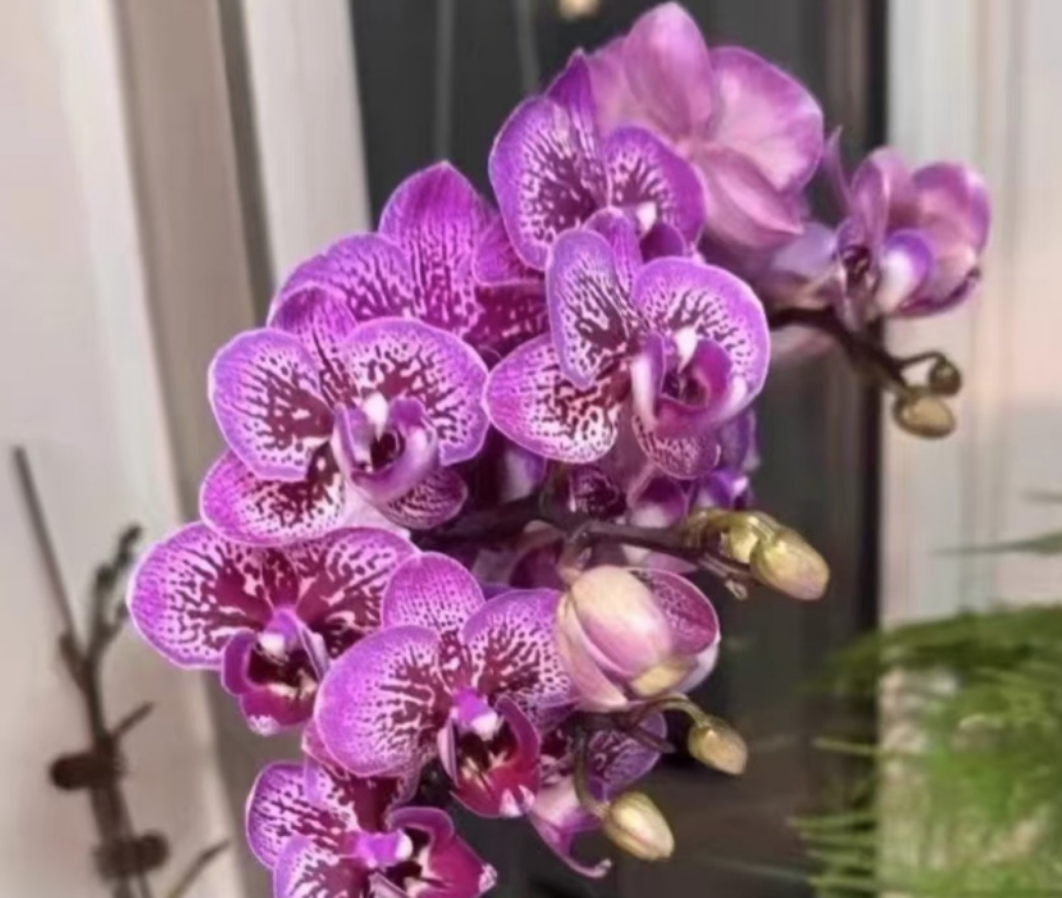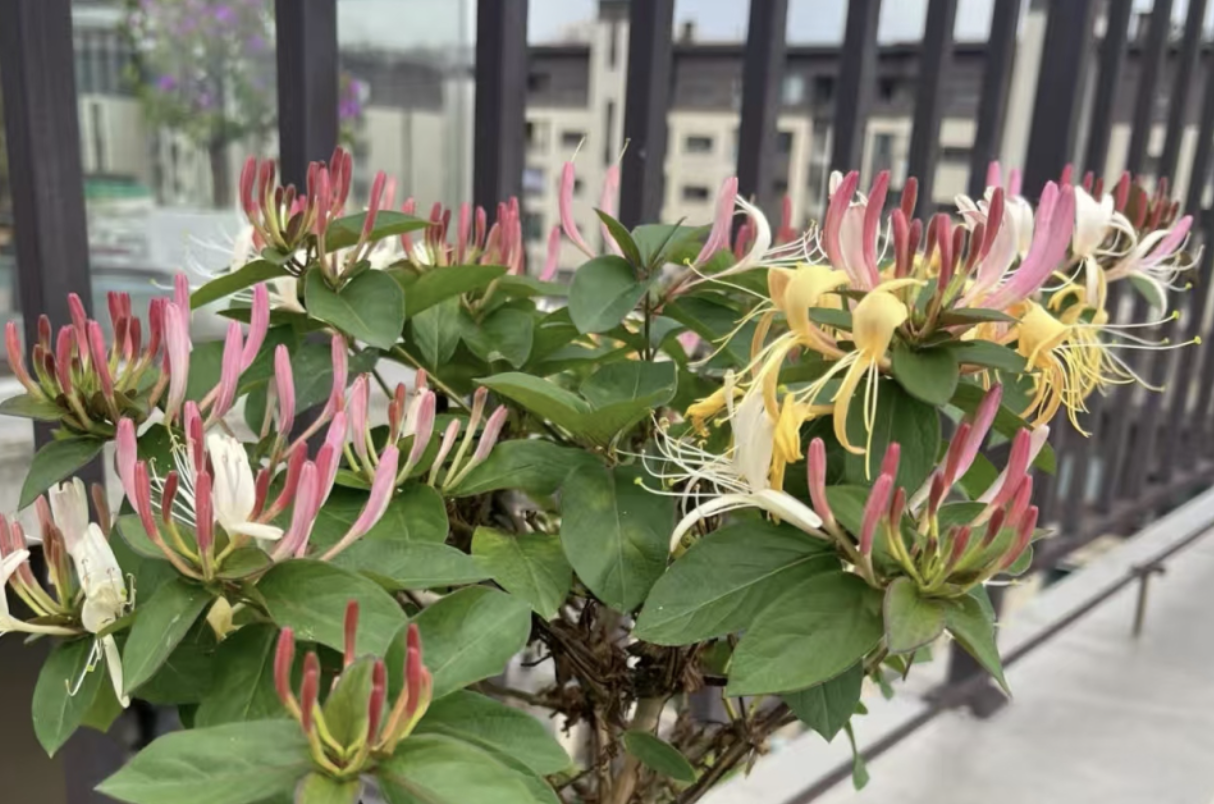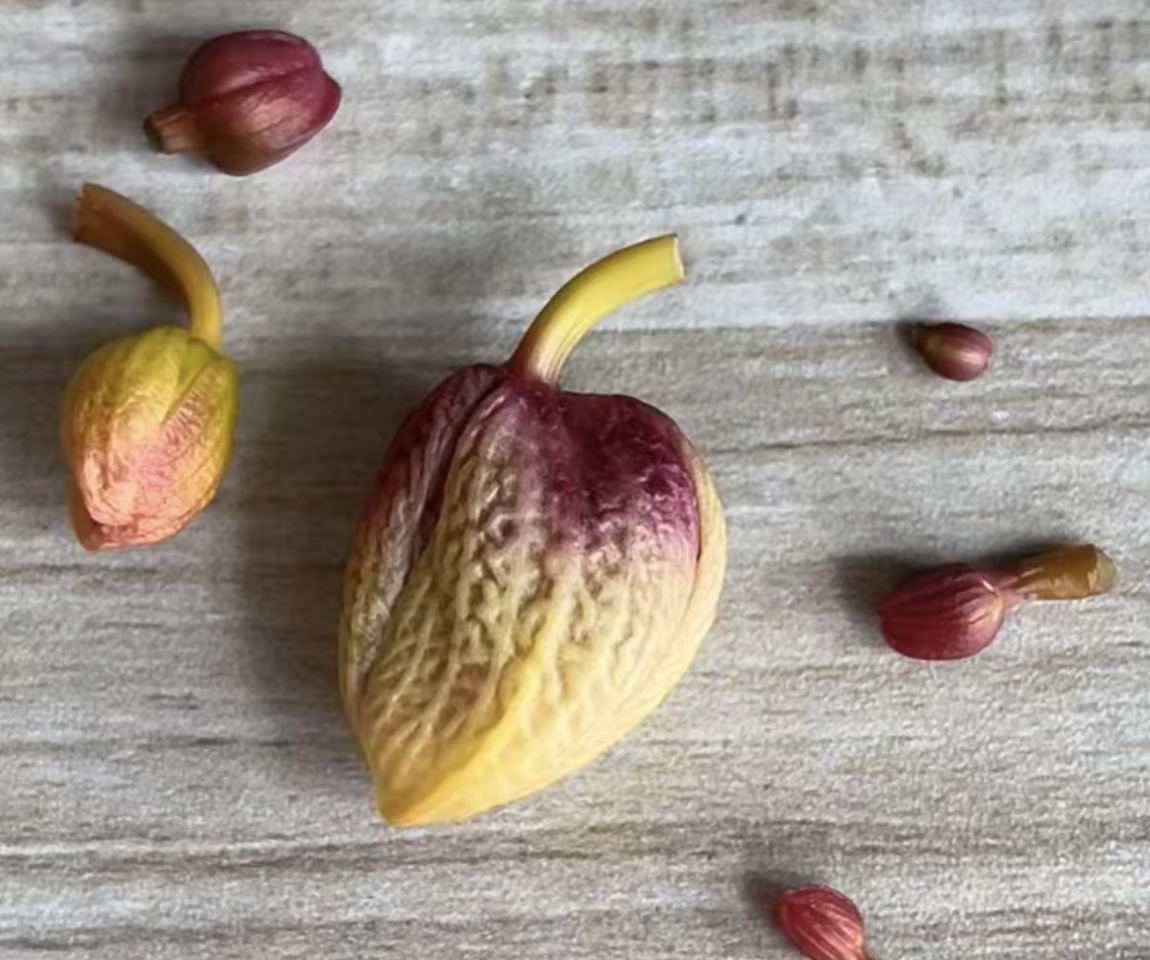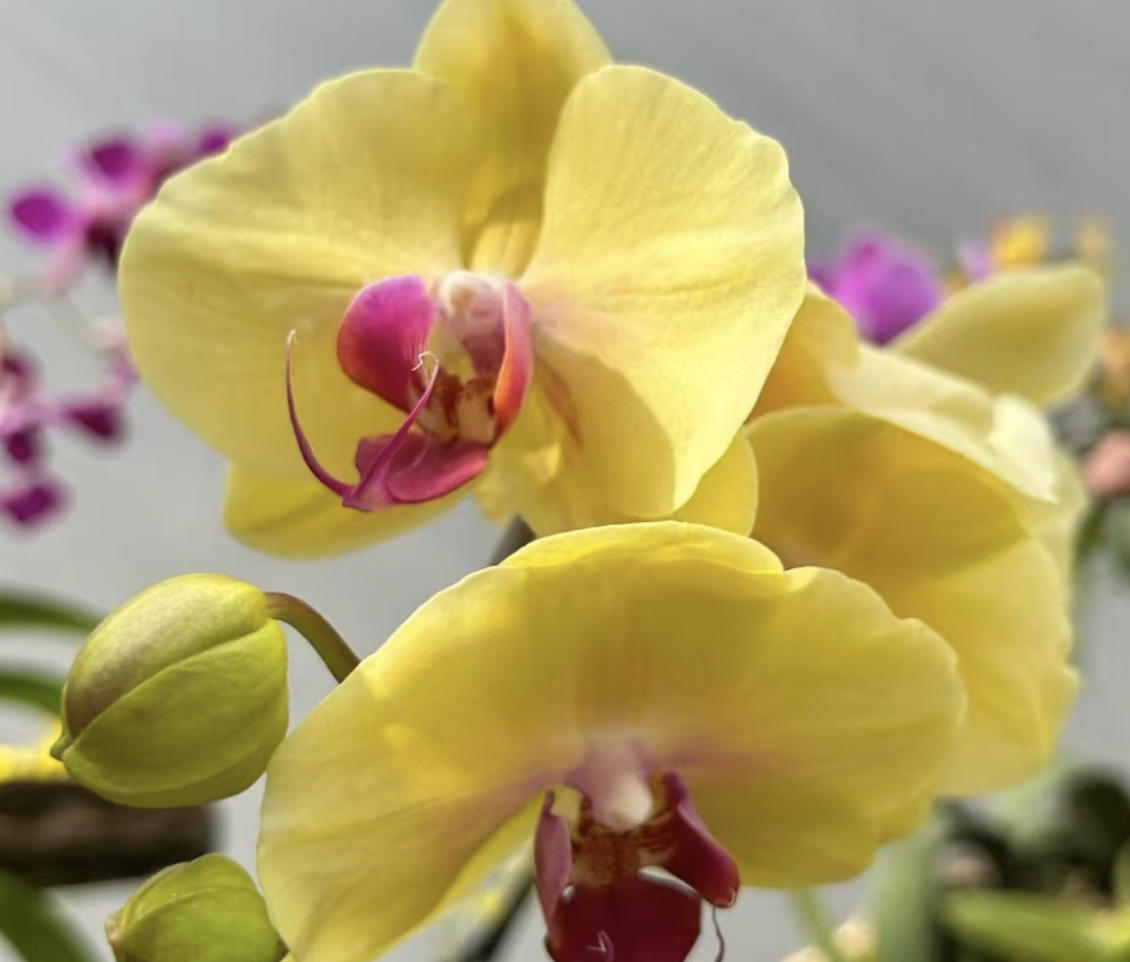The Spring Festival is just about half a month away. Many people like to keep some ornamental plants at home to add to the festive atmosphere. In recent years, the most popular one is undoubtedly the graceful Phalaenopsis. Its flowers, with their beautiful postures, often draw admiration. However, in terms of maintenance, Phalaenopsis is not as simple as we might think. Fertilization is also a key point of maintenance. Let's discuss the suggestions for the fertilizer requirements of Phalaenopsis below.
As we all know, fertilization is of vital importance for flower and plant cultivation. Especially during the peak growth period of Phalaenopsis (in spring and summer), appropriate fertilization can not only enhance the plant's immunity and nutrient supply but also promote the growth of stems and leaves and the blooming of flowers. However, some flower - lovers may cause an imbalance in soil acidity and alkalinity due to improper adjustment of fertilization concentration, and then lead to nutrient excess that cannot be absorbed by the plants. This situation usually manifests as stunted plant growth, yellowing of leaves and even root rot. Therefore, for novice flower - lovers, choosing slow - release organic fertilizer is a wise choice. This kind of fertilizer can continuously release nutrients and at the same time reduce the risk of over - fertilization.
Therefore, the fertilization suggestion is that in spring and summer when orchids are growing vigorously, more nutrients are especially needed to support their growth. For fertilization, fertilizers with a higher nitrogen content can be chosen, such as humus fertilizer and compound nitrogen fertilizer, to meet the growth needs of Phalaenopsis.
In addition to being particular about fertilization during the growth season, sufficient nutrient support is also required when the plants are in bloom. At this time, fertilizers with a higher phosphorus content should be chosen, such as diammonium phosphate and tripotassium phosphate. This can make the flower buds plumper and the flowers more gorgeous. However, in the case of continuous low temperature, fertilization should be stopped because the orchid may have entered a dormant period. At this time, the whole plant is in a state of slow metabolism and the roots do not need more nutrients. If fertilization continues, it will easily lead to problems such as root rot. Therefore, it is recommended to carry out fertilization after the temperature rises.
All in all, for the ornamental plant Phalaenopsis with high nutrient requirements, it is recommended to supply fertilizer throughout the year and correctly choose compound fertilizers such as nitrogen, phosphorus and potassium or special Phalaenopsis fertilizers.
What kind of fertilizer has the best effect on Phalaenopsis?

Share with
Tagged in :




Leave a Reply